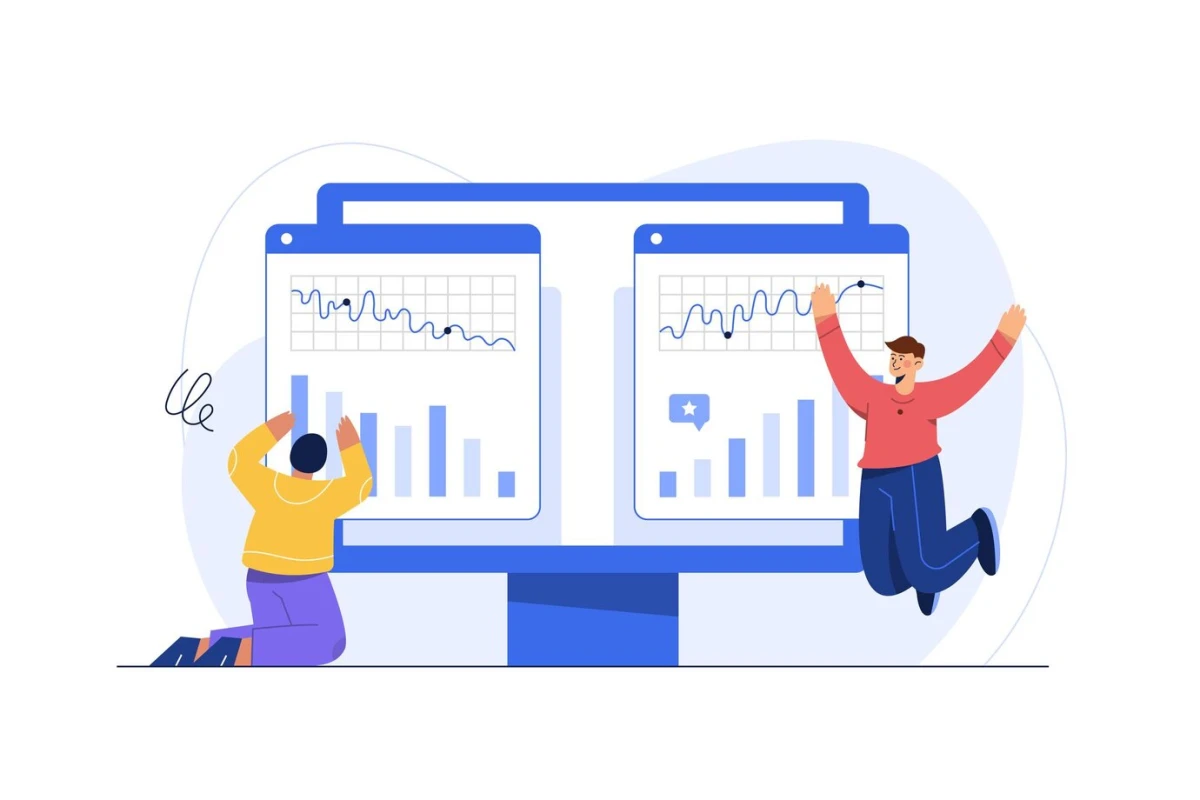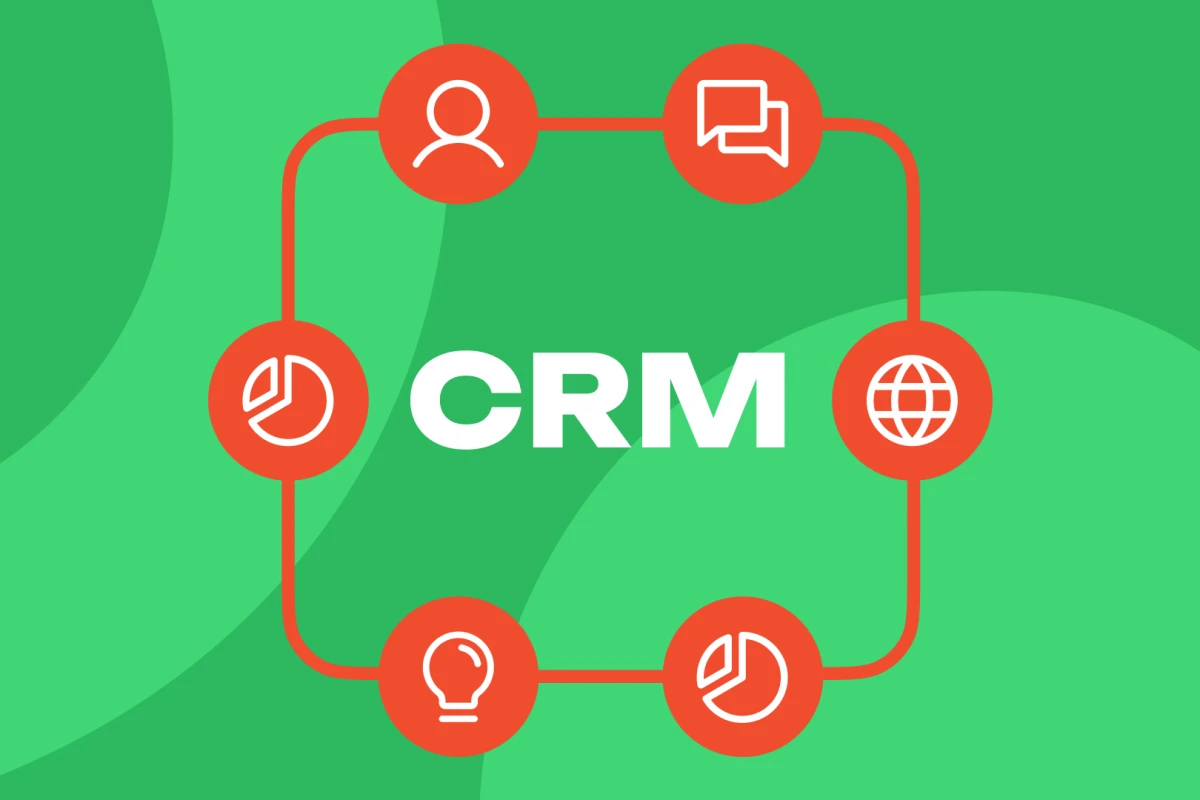
How Analytics Improves the Efficiency of Marketing Campaigns
Marketing is not just an art but also a science. In today's world, where competition for customer attention is becoming increasingly intense, data analytics is a key tool for achieving success. By accurately analyzing customer behavior, companies can better target their audience, reduce costs, and increase profits. Let’s explore how this works in practice.
1. What is Analytics in Marketing?
Analytics in marketing is the process of collecting, analyzing, and interpreting data about customers, their behavior, preferences, and needs. With this data, companies can:
- Understand their audience: Identify the most effective communication channels.
- Predict trends: Forecast which products or services will be popular.
- Optimize budgets: Allocate funds to campaigns that deliver the best results.
2. How Does Analytics Help with Targeting?
Targeting is the art of finding your ideal customer. With analytics, you can:
- Segment your audience: Divide customers by age, gender, interests, or geography.
- Personalize ads: For example, show different advertisements to younger and older generations.
- Track behavior: By analyzing clicks, likes, and purchases, you can predict customers' next actions.
3. Examples of Successful Analytics Usage
- Amazon: The company uses analytics to recommend products based on customers' purchase history.
- Facebook Ads: The system automatically analyzes user data to show ads to those most interested.
- Coca-Cola: The company adapts its campaigns to regional preferences using real-time analytics.
4. Tools for Marketing Analytics
Modern technologies have made analytics accessible even for small businesses. Here are a few popular tools:
- Google Analytics: Analyzes visitor behavior on your website.
- HubSpot: Tracks the effectiveness of marketing campaigns.
- Sprout Social: Allows analysis of social media interactions.
- Tableau: Creates easy-to-understand visualizations for data analysis.
5. How to Start Using Analytics?
- Define your goal: What do you want to achieve? Increased sales, brand recognition, or customer loyalty?
- Collect data: Use CRM systems, social media, and web analytics.
- Analyze: Use tools for data visualization and analysis.
- Act: Apply the insights gained to your campaigns.
- Evaluate results: Continuously monitor performance indicators.
6. Humor in Analytics
If analytics reveals that the most popular time for shopping is midnight, perhaps it’s worth running ads with the text: “Can’t sleep? Shop now and rest easy!” Jokes aside, such insights truly help find unexpected paths to customers' hearts.
Conclusion
Analytics is more than just numbers. It’s a way to better understand your audience and build a genuine dialogue with them. In a world where data is the new gold, those who know how to use it win the most. So, don’t be afraid to experiment, analyze, and implement innovations in your marketing campaigns!

